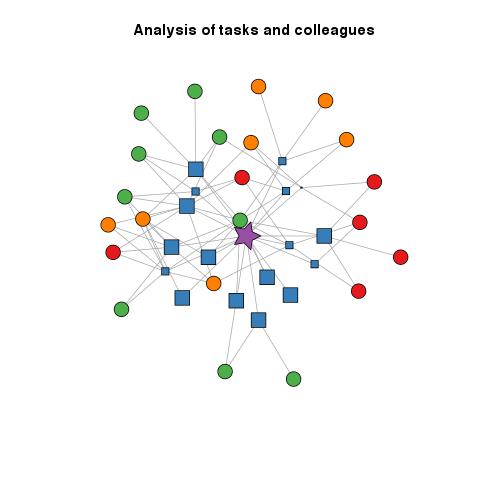Are you dreading to go to work every morning looking forward to your weekend, maybe secretly looking for other jobs? Or do you have the opposite feelings for your work: Looking forward to the daily work challenges, mundane tasks, and colleagues? Most of us are somewhere in the middle, as different tasks need to be completed, and you encounter different colleagues.
Your dedication to your job and absorption into work tasks express your level of work engagement, an important factor for performing at a high level.
Work engagement is “an individual employees’ cognitive, emotional, and behavioral state directed toward desired organizational outcomes” (Shuck & Wollard, 2010, p. 103).
How engaged employees feel goes beyond their attachment to their task, and also takes their relationship with the organization into account. Engagement is the outcome of balancing the job demands with job resources. When the demands and resources are balanced, organizations avoid employees who feel mentally exhausted (when demands exceed resources), or undervalued in case of resources exceeding the demands. Job resources are important to motivate individuals to do their work, and held to buffer the potential negative impact of job demands. However, too much of a good thing can also be harmful.
While employee engagement certainly has an individual focus, engagement is directed at something. This opens the door to redefine engagement as a social network concept. As engagement can be directed to work tasks, colleagues, and the organization, an engagement network can contain these three aspects or focus on one. Engagement can also be redefined into
Work engagement is how an individual employee thinks about (cognition), perceives (emotion), and acts (behavior) towards work related tasks (people, tasks, tools).
When defined in this way, it is possible to identify sources which stimulate engagement, and those that drain our resources. Employee engagement is not anymore expressed in a number (e.g., 3 out of 5), but in form of a network figure. The figure “Analysis of tasks and colleagues” shows the employee Josie (purple star) and her perception towards her tasks (blue squares), and the colleagues she has to deal with (green, orange, and red circles). The tasks are sized by how engaging Josie experiences them. Larger squares being perceived as more engaging. Colleagues are also color coded, following the traffic light schema: Green colleagues are wonderful to work with, but orange and red colleagues drain her resources.

This figure offer many venues for better understanding and managing engagement. For research the following questions come in mind:
- How does the level of diversity in task perception and employee perception influence organizational outcome such as profit and turnover?
- Do low engaging task influence an employee’s perception about colleagues?
- How do perception about tasks and colleagues influence each other over time?
On the managerial side (also for one’s own professional development) such a network figure provides input for the following questions:
- How can tasks be rearranged to achieve a better distribution of low and high engaging tasks for employees?
- Are there specific tasks who are perceived low engaging by many employees (this could also be done for employees, but that can become a very sensitive issue and I’m not advocating it).
- Do the network figures for high performing employees look significantly different from those of low performing employees?


